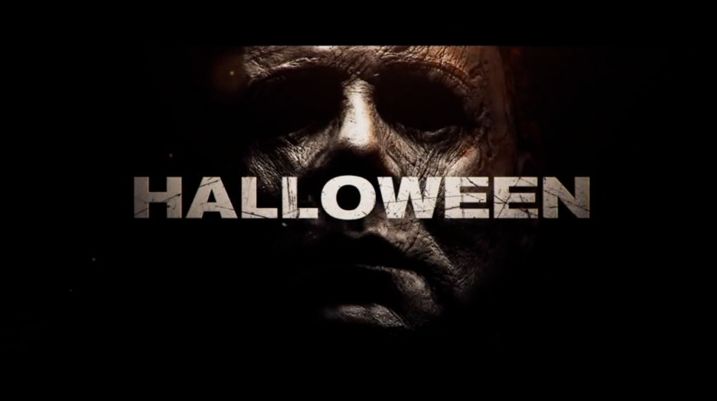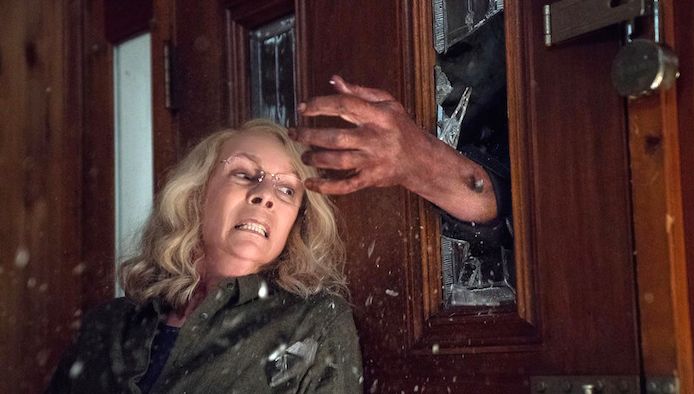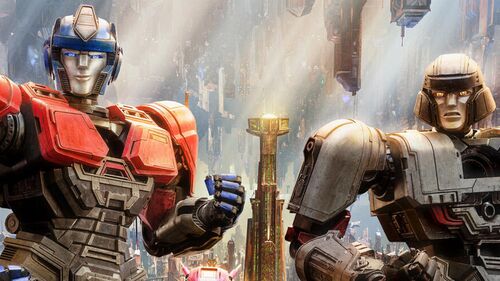
'Halloween' Review
 I’m a big fan of movies that allow an actor to step back into the role of an iconic character he/she played decades earlier. Recently “Creed” and “Blade Runner 2049” gave Sylvester Stallone and Harrison Ford the opportunities to reflect on Rocky Balboa and Rick Deckard, respectively, and provide new depth to those characters.
I’m a big fan of movies that allow an actor to step back into the role of an iconic character he/she played decades earlier. Recently “Creed” and “Blade Runner 2049” gave Sylvester Stallone and Harrison Ford the opportunities to reflect on Rocky Balboa and Rick Deckard, respectively, and provide new depth to those characters.
Now, it’s Jamie Lee Curtis’s turn. In the new “Halloween” the veteran actress gets the chance to provide a true second act to the character that’s defined her career. Her return as Laurie Strode, 40 years after the groundbreaking 1978 horror classic, is a triumph.
Curtis doesn’t dominate the screen time in co-writer/director David Gordon Green’s reprisal. But that duo, along with fellow writer Danny McBride, horror guru producer Jason Blum, and the man who created it all – John Carpenter – have crafted a sophisticated suspense thriller that pays homage to the original while, at the same time, being real and relevant for today.
Many (or rather, most) horror sequels, remakes and reboots are simply cash grabs. They’re made to suck $20+ million out of fans on opening weekend (to cover the budget) and then quickly disappear. That was clearly not the motivation behind the making of this new “Halloween”. One of most brilliant decisions was to ignore all 9 previous “Halloween” follow-ups and make a film solely based on the ’78 original.
Four decades after she was nearly murdered by the monstrous Michael Myers, Strode is now a grandmother. She lives alone. Her secluded Illinois house is protected by a top-level security system. And she’s got enough weapons to fight a small war. Needless to say, Strode is prepared (some might say too prepared) for Myers to return. Strode’s daughter (played by Judy Greer) is certainly of that mind. She tells her mom that she’s way too paranoid, that the world is now a safe place. A minor character tells Strode’s granddaughter that Myers only murdering five people 40 years ago feels tame “by 2018 standards”. This social commentary on how mass killings have become commonplace throughout the world cuts as deep as any of the knives Michael uses to slice-up his victims.
When a bus carrying Myers and other inmates from one psychiatric facility to another crashes, he escapes. And it just happens to be Halloween. Not only isn’t Strode surprised when she hears the news, but she’s excited. She’s been waiting 40 years to serve justice.
“Halloween” is one of the most tense moviegoing experiences I’ve had in some time. This isn’t a throwaway horror film that goes for the cheap scares. Instead, it meticulously builds moments that make you question who will suddenly appear on screen – and how. You never know who will become Myers’ next victim. Carpenter’s iconic score is accompanied by new music from him, his son Cody and Daniel Davies.
Those who grew-up with the original will appreciate how much care was put into this script, from the opening credits to all the direct references. And with McBride on the screenwriting team, there’s also some welcome humor. Jibrail Nantambu, who plays a young boy being babysat by a teenage girl in the neighborhood where Myers is on the loose (that can’t be good) is the breakout star of the supporting cast.

But at its core, “Halloween” is the Strode v. Myers story. It’s a showdown with multiple layers that, at one point, turns the tables on itself.
In a world plagued by violence and fear, is celebrating Halloween safe anymore? That’s just one of the issues this film attacks, along with self-protection, the criminal justice system and the lasting effects predators have on their victims. Most movies in this genre aren’t able to accomplish 20% of what “Halloween” is able to do, while at the same time keeping us frozen in our seats in anticipation of what’s coming next.
There are a handful of awkward scenes involving the obligatory teen characters that needed to be carved-up in editing. But, overall, “Halloween” is one of the biggest pleasant surprises of 2018.
If you’re a huge fan of the ’78 classic and are afraid this film could tarnish your memories of the original: don’t be. It’s actually a cut above.


